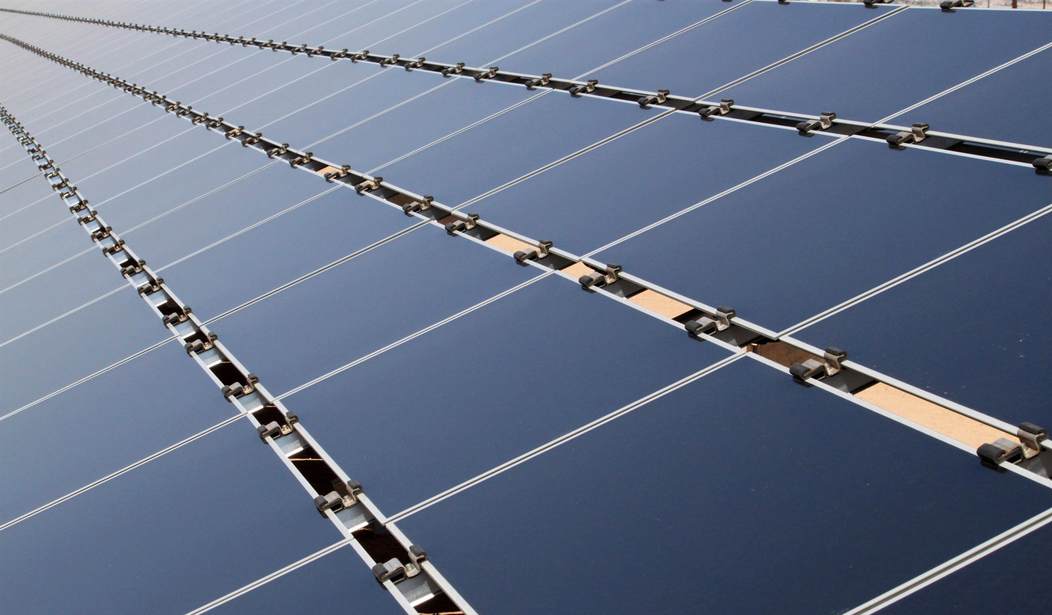Earlier today President Biden vowed the nation would seek to cut emissions substantially by the year 2030.
President Biden on Thursday declared America “has resolved to take action” on climate change, and the White House said it would substantially increase the money it offers to developing countries to address the issue.
In a show of renewed resolve after four years of the Trump administration’s unvarnished climate denial, Mr. Biden formally pledged that the United States would cut its emissions at least in half from 2005 levels by 2030.
That’s about as aggressive as planned cuts by the EU and Britain, though the comparison is a little off because they use a different base year (1990 instead of 2005), but these would be significant cuts. In fact, there’s an entire piece in the Times about the substantial changes to our economy that would be required to meet these goals.
“It’s not an easy task,” said Nathan Hultman, the director of the University of Maryland’s Center on Global Sustainability. “We won’t be able to sit back and hope that market forces alone will do the job.”…
In two recent studies, Mr. Hultman and his colleagues modeled possible paths to achieving at least a 50 percent reduction in emissions by 2030. The changes would be far-reaching:
- By 2030, half the country’s electricity would come from renewable sources such as wind, solar or hydropower, up from one-fifth today.
- New natural gas plants would largely be built with technology that can capture carbon dioxide, instead of releasing it into the atmosphere — technology that is still in its infancy.
- Virtually all of the 200 remaining coal plants would shut down unless they, too, can capture their emissions and bury them underground.
- By 2030, two-thirds of new cars and S.U.V.s sold would be battery-powered, up from roughly 2 percent today.
- All new buildings would be heated by electricity rather than natural gas.
- The nation’s cement, steel and chemical industries would adopt stringent new energy-efficiency targets.
There are more bullet points but you get the idea. We’d have about nine years to more than double the use of renewable energy sources and we’d need to sell nothing but electric cars starting sometime very soon since all of the gas cars on the road today won’t suddenly disappear in 2030. The only way to make just this one piece of the plan happen in the very near term would be major government subsidies on electric cars, possibly combined with some kind of carbon tax on gasoline.
The downbeat part of this story is that even if we spend like drunken sailors to make all of this happen, the impact globally will be marginal. Why? Because we’re not producing most of the carbon. As I pointed out last month, over the last decade 89% of new CO2 output came from China and India. To its credit, the NY Times does raise this point in another story published today:
While the United States and the European Union are both now vowing to get roughly halfway to zero by 2030 — on the way to net zero emissions by 2050 — they account for only one-quarter of global greenhouse gas emissions. But many lower-income countries, including China and India, still expect their emissions to either plateau or keep rising over the next decade.
China, the world’s largest emitter of greenhouse gases, has pledged that its emissions will peak by around 2030. From that point, the country will then aim to get down to net zero emissions by 2060. China has also laid out some concrete targets, such as getting one-quarter of its electricity from low-carbon sources like wind, solar or nuclear power; planting vast new forests; and curbing the use of hydrofluorocarbons, a powerful greenhouse gas used as a refrigerant.
If all those targets are met, an analysis by the Rhodium Group found, China’s emissions could level off close to current levels by the end of the decade, although the exact numbers depend on how rapidly the country’s economy grows.
But China is not yet committing to specific cuts before 2030.
So we’re going to push ourselves to cut emissions in half while China, whose emissions are about double what ours are to start with, might level off around that same date. And as Megan McArdle has pointed out before, the impact of our abandoning coal and fossil fuels is that they’ll get cheaper for everyone else thanks to lower demand. So absent some commitments from China and India, the likely outcome is that they’ll burn more even as we burn less. In fact, the Times story goes on to say that if everyone does what they say they will then the U.S. and China will produce nearly identical CO2 levels per capita by 2030, meaning their use will grow while ours shrinks.
What I don’t get is why the U.S. would embrace a scheme in which our self-professed global rival, a nation that seeks to demonstrate the superiority of Communist tyranny to the world, gets an extra decade to alter their economy while we have to clamp down now. It seems like we’re volunteering for an economic stress test while China keeps growing by burning cheap fuel.







Join the conversation as a VIP Member